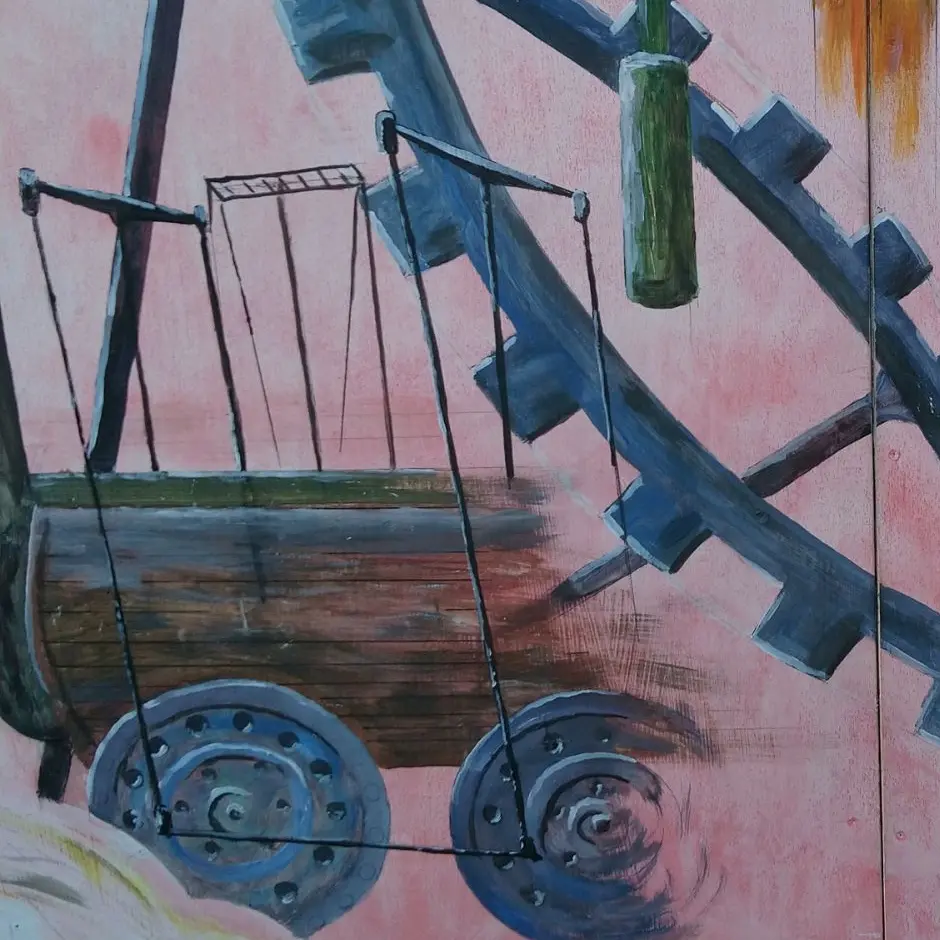Synopsis
1825 saw the opening of the Stockton & Darlington railway – the first public line to be entirely operated by steam. The driving purpose was to make economically possible the movement of coal from the inland coalfields around Bishop Auckland to the River Tees and so onwards to London.
This was the real beginning of a transport revolution: the Age of the Train. And the geniuses behind it were father-and-son team George and Robert Stephenson – the Lennon and McCartney of the engineering world. But it was a turbulent partnership. George intended his son to be a more polished version of himself. But Robert, as he grew, strove to be his own man.
The Characters
George Stephenson
Aged 63 at the start, the famous engineer is still an energetic character. An uneducated man, he is a self-taught genius and proud of it.
Robert Stephenson
Aged 41 at the start, Robert is educated and well-spoken. Like his father, he is an engineering genius, but is quieter, more thoughtful. less robust, and lacks his father’s arrogance.
Eleanor Stephenson
George’s younger sister, a gentle, thoughtful soul and replacement mother, who tries to be protective of young Robert.
George Hudson
The Railway King, a plain-speaking Yorkshireman of mature years, who’s ambition and self-confidence has made him an influential figure.
Charles Brandling
Of Gosforth Hall. One of a pair of brothers who were influential colliery-owners and part of the powerful Grand Allies.
Sir Humphrey Davy
Famous scientist and member of the Royal Institute. Discovered several elements. And very arrogant with it.
Edward Pease
Quaker businessman. Shy, polite, but intelligent and ambitious.
Mr Alderson
Solicitor for the Bridgewater Canal Company, and therefore representing the interests of the parties hostile to Stephenson and the railways.
The Setting
It is 1844 at the start, but time is fluid in the play.
The action begins in the Assembly Rooms in Newcastle-on-Tyne, and moves to a variety of locations, including George’s cottage, Robert’s school, the bottom of a coal mine, the moors, the jungle and so on.
The locations and time shifts can be achieved simply with lighting changes and sound effects. There are no set changes. In the original production, two oblong blocks became, in turn, a lectern, seats, a pumping engine, Locomotion and a witness stand. Costume changes should be minimal – sometimes just a change of hat or accent.
Previous Performance
Steam was first produced by Durham’s City Theatre (otherwise known as the DDS) in March 2025 as part of a One Act Play Festival hosted by the Royalty Theatre Sunderland, and won the New Writing Award.
| George Stephenson | Peter Wilson |
| Robert Stephenson | Martin Wallwork |
| George Hudson et al | Ian Tulloch |
| Eleanor Stephenson et al | Lesley Anderson |
| Director | David Farn |
| assisted by | Anna Snell |
| Lighting & Sound | Simon Wilson |
| Set design & Props | David Farn |
Copyright: David Farn 2016
Usage and Rights
All rights in this play – including the poems – are strictly reserved and application for performance etc should be made before rehearsal to David Farn
If you intend to use recorded music in a public performance,
you will need to investigate the legal rights to do so.
